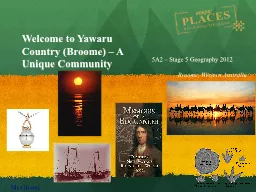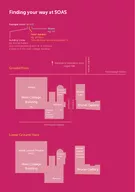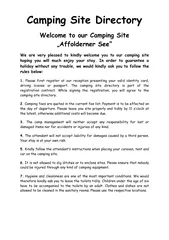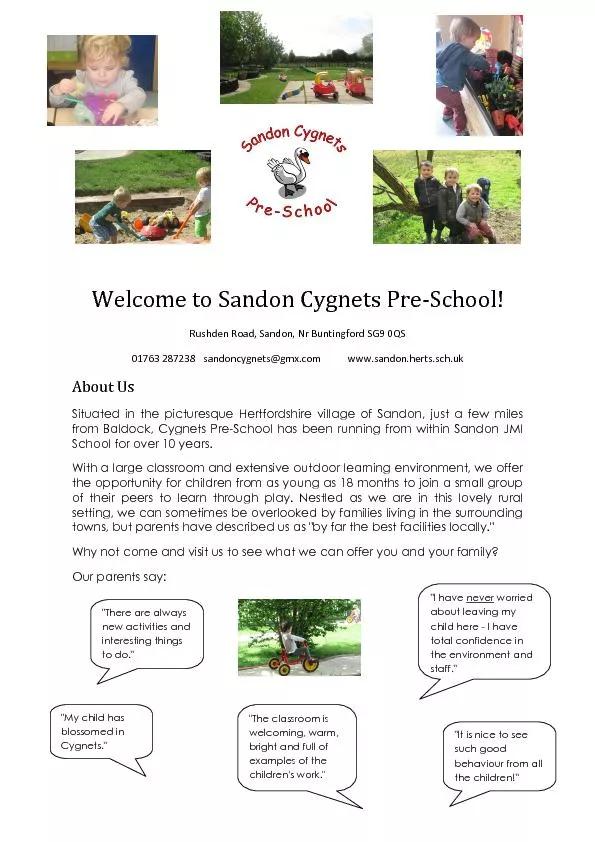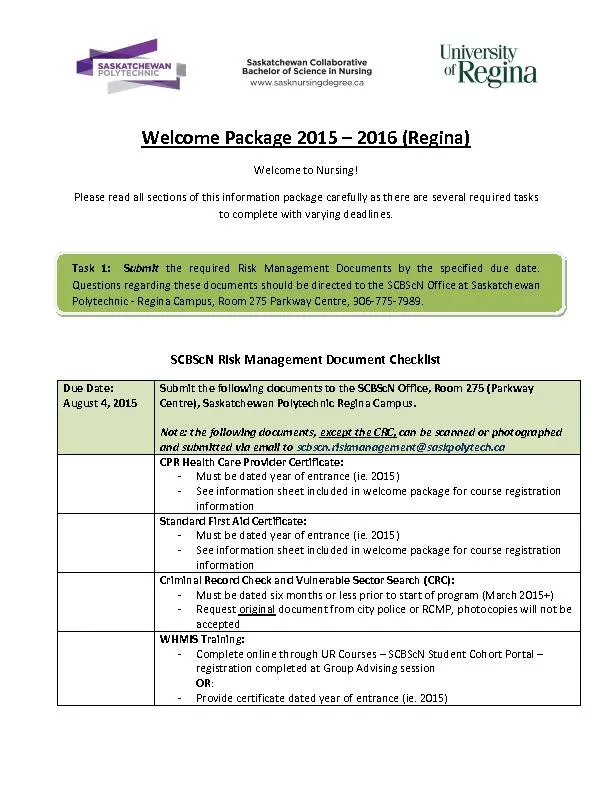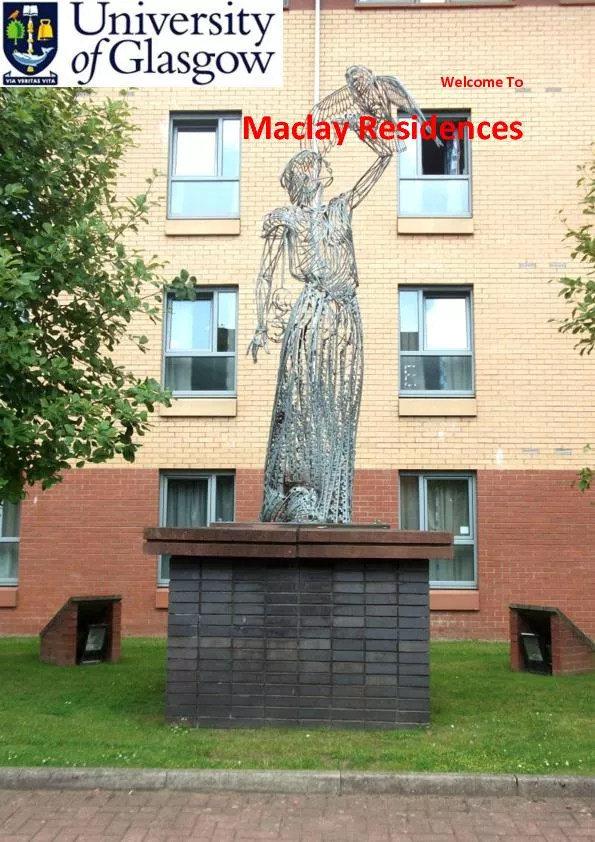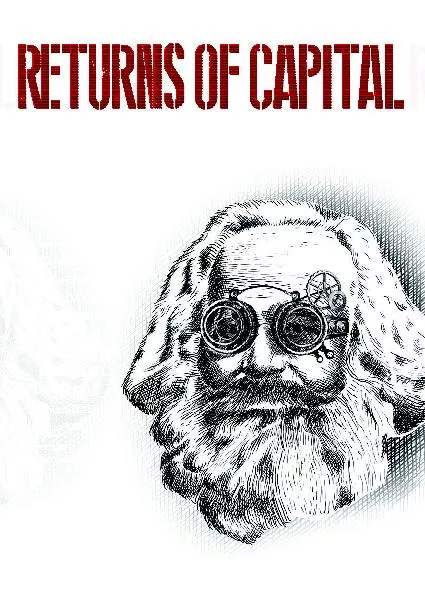PPT-Welcome to
Author : pasty-toler | Published Date : 2016-07-05
Yawaru Country Broome A Unique Community 5A2 Stage 5 Geography 2012 PLACES unique REGIONAL TOURISM Broome Western Australia Ms Giveen Table of Contents Description
Presentation Embed Code
Download Presentation
Download Presentation The PPT/PDF document "Welcome to" is the property of its rightful owner. Permission is granted to download and print the materials on this website for personal, non-commercial use only, and to display it on your personal computer provided you do not modify the materials and that you retain all copyright notices contained in the materials. By downloading content from our website, you accept the terms of this agreement.
Welcome to: Transcript
Download Rules Of Document
"Welcome to"The content belongs to its owner. You may download and print it for personal use, without modification, and keep all copyright notices. By downloading, you agree to these terms.
Related Documents

